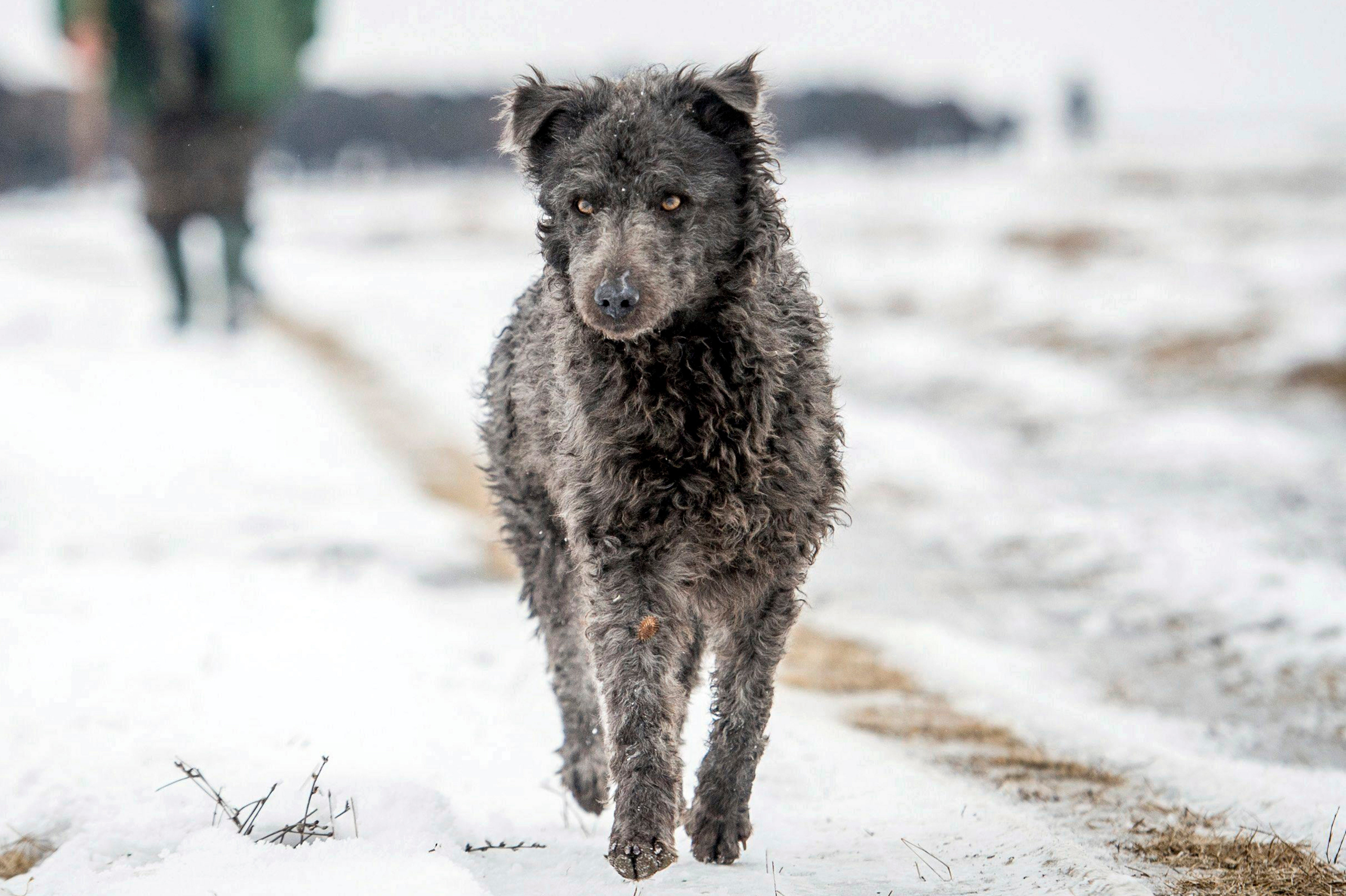'Mudi'? Try a toy: American Kennel Club adds 2 dog breeds
An athletic Hungarian farm dog and a tiny pet of bygone Russian aristocrats are the latest breeds to join the American Kennel Club’s purebred lineup

Your support helps us to tell the story
From reproductive rights to climate change to Big Tech, The Independent is on the ground when the story is developing. Whether it's investigating the financials of Elon Musk's pro-Trump PAC or producing our latest documentary, 'The A Word', which shines a light on the American women fighting for reproductive rights, we know how important it is to parse out the facts from the messaging.
At such a critical moment in US history, we need reporters on the ground. Your donation allows us to keep sending journalists to speak to both sides of the story.
The Independent is trusted by Americans across the entire political spectrum. And unlike many other quality news outlets, we choose not to lock Americans out of our reporting and analysis with paywalls. We believe quality journalism should be available to everyone, paid for by those who can afford it.
Your support makes all the difference.An athletic Hungarian farm dog and a tiny pet of bygone Russian aristocrats are the latest breeds in the American Kennel Club's purebred lineup.
The club announced Tuesday that it's recognizing the Russian toy and the mudi. That means they're eligible to compete for best in show at many U.S. dog shows, including the AKC's big annual championship and the prestigious Westminster Kennel Club show.
The mudi (pronounced like “moody”) descended from long lines of Hungarian sheepdogs before a museum director took an interest in the breed and gave it a name around 1930. Fans say the medium-sized, shaggy dogs are vigorous, versatile and hard working, able to herd sheep, hunt boar, snag rats and compete in canine sports such as agility and dock diving.
“They’re very perceptive, and they have a subtle quality” and are very trainable, but need things to do, said Kim Seiter, an Oak Ridge, New Jersey dog agility trainer who has four of them. “They're not for the inactive person.”
The dogs — the proper plural is “mudik” — were featured on postage stamps in their homeland in 2004, as were some other Hungarian breeds.
The Russian toy developed from small English terriers that gained the fancy of Russian elites by the early 1700s. The diminutive dogs — supposed to weigh no more than 6.5 pounds (2.7 kg) — have a leggy silhouette, perky expression and lively demeanor, although they can be reserved with strangers, breeders say.
The AKC is the United States' oldest purebred dog registry. It recognizes 199 breeds, including the two newcomers, and acts as a governing body for many dog shows.
Recognition requirements include having at least 300 dogs of the breed spread around at least 20 states and promulgating a breed standard that specifies ideal features, from temperament to toes. Many popular hybrid or “designer” breeds, such as Labradoodles and puggles, aren't recognized, but it's possible they could be someday if breeders decide to pursue it.
Some animal rights and welfare advocates deplore dog breeding and the market for purebreds, saying they spur puppy mills and strand adoptable pets in shelters.
The AKC says breeding can be done responsibly and preserves somewhat predictable characteristics that help people find and commit to the right dog for them.